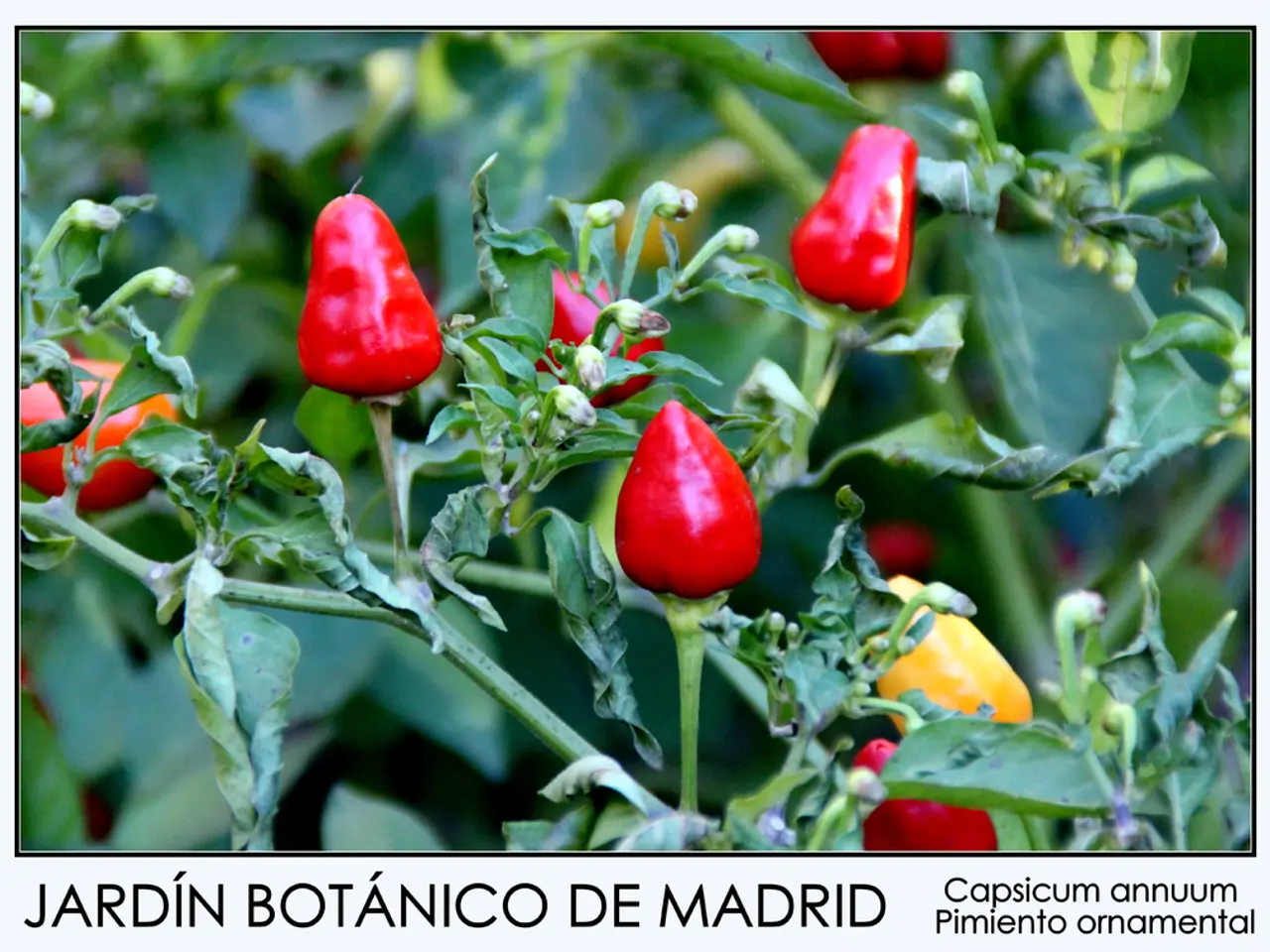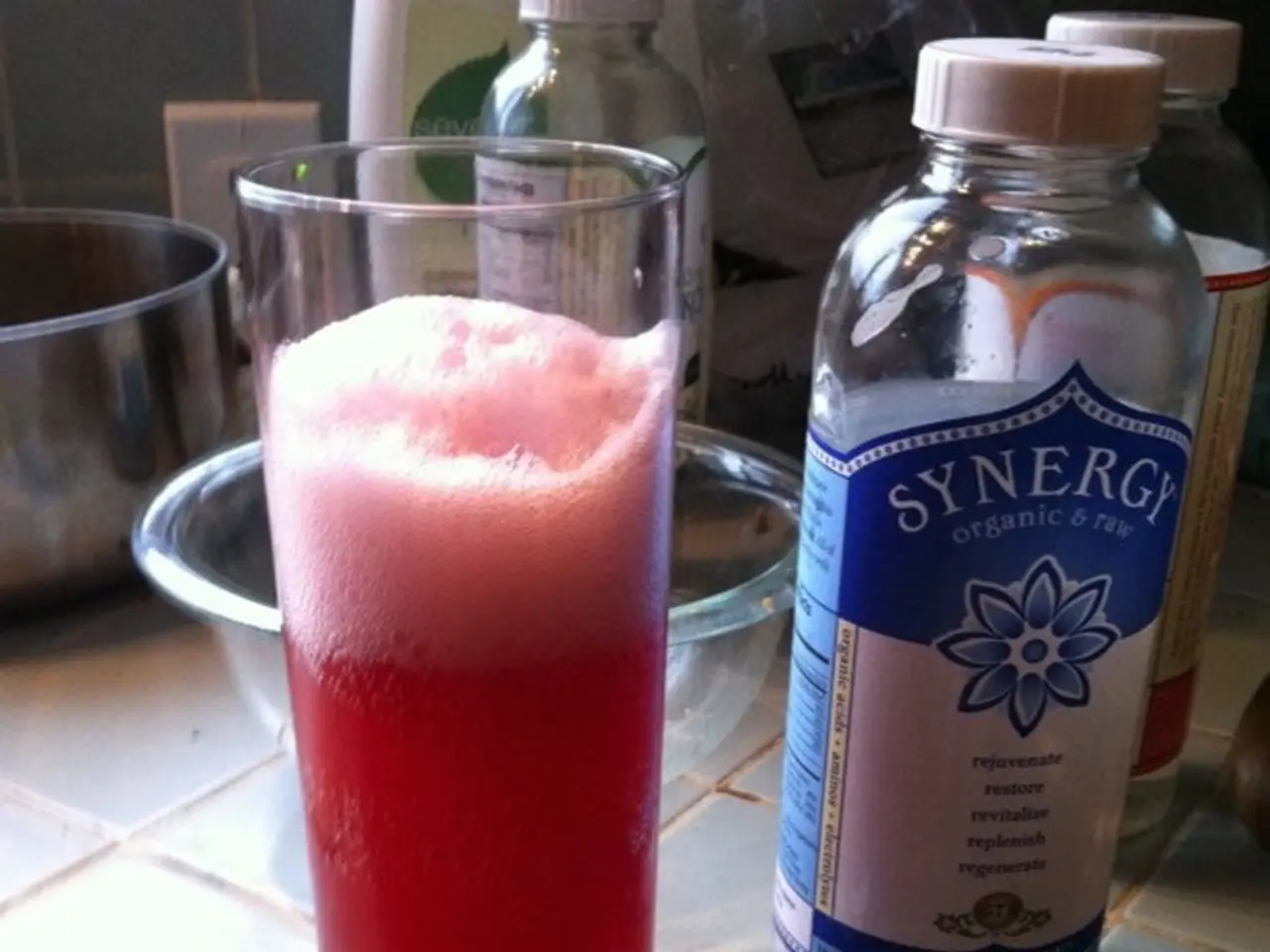Harmful Plants with Irritating Resin or Latex
In the UK, several common plants can pose a risk due to their irritant sap. Here's a rundown of some plants to handle with care, along with advice on how to manage them safely.
1. **Giant Hogweed (Heracleum mantegazzianum)** - Sap Effects: This plant's sap can cause severe skin inflammation, blistering, and long-term scarring, especially when exposed to sunlight. Eye contact can lead to temporary or permanent blindness. - Handling Advice: Wear protective gloves, goggles, and long sleeves. Use specialized removal techniques if necessary.
2. **Stinging Nettle (Urtica dioica)** - Sap Effects: The leaves and stems have stinging hairs that inject formic acid and other irritants into the skin, causing a burning sensation and an itchy rash. - Handling Advice: Wear gloves when handling. Symptoms usually resolve within 24 hours.
3. **Spurge (Euphorbia spp.)** - Sap Effects: The sap contains irritating compounds that can cause a skin rash and gastrointestinal upset if ingested. - Handling Advice: Wear gloves and avoid ingesting any parts of the plant.
4. **Nerine (Nerine spp.)** - Sap Effects: Contact with the sap may result in skin irritation. - Handling Advice: Wear gloves when handling or deadheading.
5. **Weeping Fig (Ficus benjamina)** - Sap Effects: The sap can cause an allergic reaction, including dermatitis and increased sensitivity to sunlight, especially for those allergic to latex. In rare cases, contact can lead to anaphylactic shock. - Handling Advice: Wear gloves and long sleeves when handling the plant.
6. **Chrysanthemum** - Sap Effects: The sap contains alantolactone, which can irritate skin and increase sensitivity to sunlight. - Handling Advice: Wear gloves when handling the plant and avoid prolonged sun exposure after handling.
7. **Aconitum napellus (Monkshood, Wolfsbane, Aconite)** - Sap Effects: The sap is a skin irritant, causing burning of the lips and mouth, vomiting, diarrhea, and spasms. This plant's powerful toxin, aconitine, can be fatal if ingested. - Handling Advice: Avoid contact with the sap, and do not plant this toxic plant in gardens accessible to children and pets.
8. **All echiums, including Viper's Bugloss (Echium vulgare)** - Sap Effects: The sap can cause skin irritation such as a burning sensation and possible blistering, and be mildly toxic if ingested. - Handling Advice: Wear gloves when handling the plant and avoid ingesting any parts of it.
9. **Nerium oleander** - Sap Effects: The sap can cause serious illness or death upon ingestion, and skin rashes, burns, and blurred vision upon contact with the sap. - Handling Advice: Wear gloves and protective clothing when handling the plant, and do not plant it in areas accessible to children and pets.
10. Other plants with irritant sap include Anthurium, Arisaema, Arum, Calla palustris, Daphne mezereum, Hyacinth, Iris, Lobelia, and Narcissus.
11. **Parsnips** have irritant sap that, when combined with sunshine, can cause extreme sunburn, itching, and blistering.
12. **Capsicum annuum** (Chillies and sweet peppers) have sap that can irritate the skin and potentially cause blisters.
13. **Philodendron** can cause mild irritation on contact with the sap. Ingestion is poisonous only in large doses.
14. **Euphorbias** have a particularly milky sap that is extremely irritating to the skin and eyes. The sap can cause burning to the skin, and if it comes into contact with your eyes, then you may experience a burning sensation, swelling, and temporary loss of vision for up to two weeks. Gardeners should wear eye protection when handling euphorbias.
Always remember to wear protective gloves and clothing when handling these plants to avoid skin irritation. Following proper gardening and safety practices can help minimize exposure to their sap.
- Within home-and-garden practices, be mindful of skin-care when handling euphorbias due to their milky sap, which can burn the skin and cause temporary loss of vision if it comes into contact with the eyes.
- Incorporating health-and-wellness tips, one should be aware that parsnips have irritant sap that, upon exposure to sunlight, can lead to extreme sunburn, itching, and blistering.
- CBD advocates might find CBD-infused skin-care products to be beneficial, but it's essential to remember that certain common garden plants, like euphorbias, can pose a risk due to their irritant sap, needing protective gloves and eye protection for handling.




